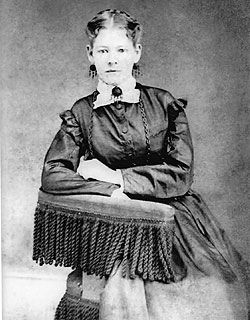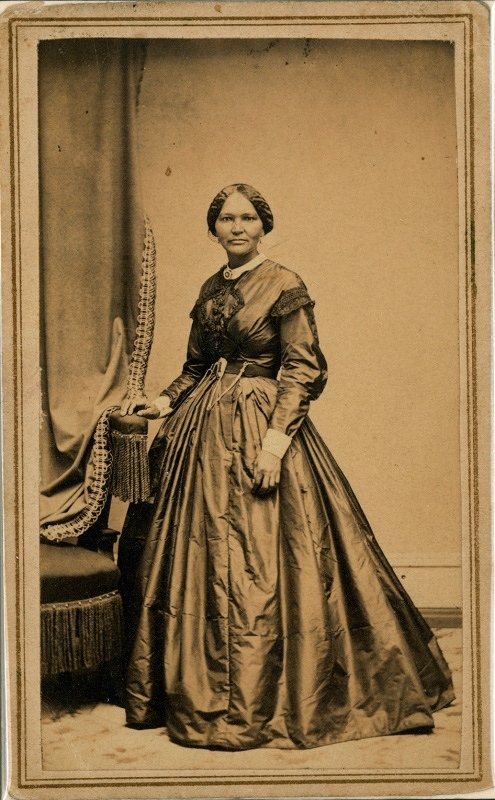Teenage Girl’s View of the Battle of Gettysburg Matilda (Tillie) Pierce was born in Gettysburg in 1848. She was 15 at the time of the battle, and had lived her entire life in Gettysburg, a village of 2400 persons. Her father made a good living as a butcher, and the family lived a comfortable life above his shop at the corner of South Baltimore and Breckinridge Streets in the heart of town. In the summer of 1863, Tillie was attending the Young Ladies Seminary, a finishing school near her home. Tillie had two brothers, James and William, and one sister, Margaret. At the time of the Battle of Gettysburg, her brother James was serving with the 1st Pennsylvania Reserves,…

